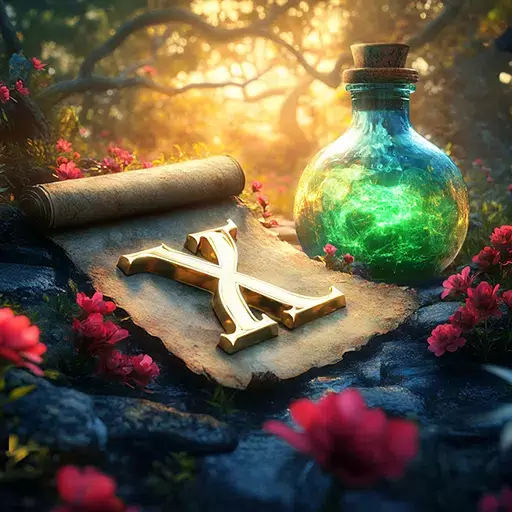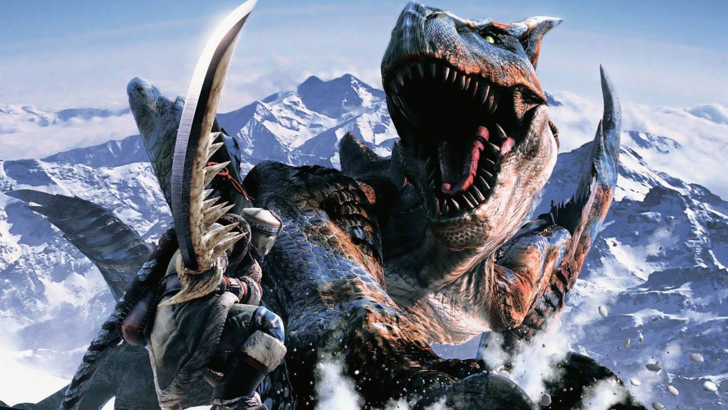
Monster Hunter is renowned for its diverse array of weapon types and captivating gameplay, but did you know that many weapons from older games haven’t made it into the newer releases? Dive into the history of Monster Hunter weapons and discover more fascinating details.
← Return to Monster Hunter Wilds' main article
History of Weapon Types in Monster Hunter
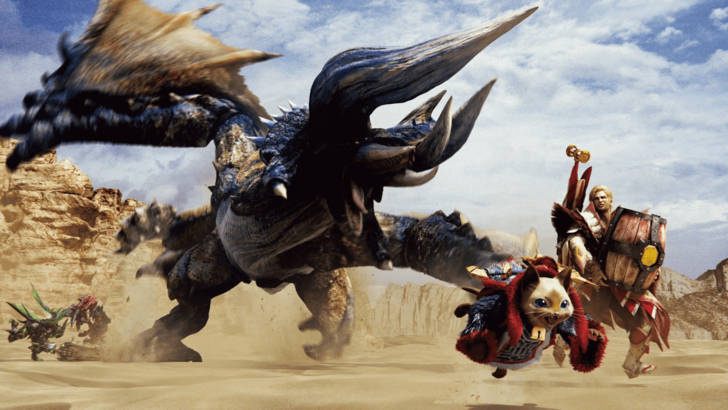
Monster Hunter has been a beloved franchise for over two decades, starting with its debut in 2004. One of its standout features is the variety of weapon types available, each with unique strengths, weaknesses, movesets, and mechanics. Monster Hunter Wilds will offer fourteen different weapon types, each requiring mastery to unlock their full potential.
The evolution of these weapons over time is remarkable. From the initial Great Sword to the latest iterations, the differences are vast. Additionally, there are weapons from older games that never made it to the West. Let’s explore the rich history of Monster Hunter, focusing on the evolution of its weapons.
First Generation

The first generation introduced the original weapon types, which have evolved significantly since their debut.
Great Sword
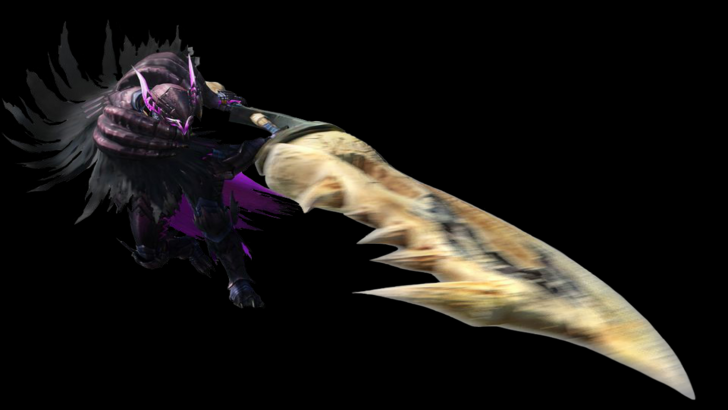
The Great Sword, an iconic weapon in the franchise, has been present since the first game in 2004. Known for its high damage output, it comes with the trade-off of slow movement and attack speed. In the original game, it was designed for hit-and-run tactics, with a unique feature where hitting with the middle of the blade dealt more damage.
Monster Hunter 2 introduced the Charged Slash, a game-changer that allowed hunters to charge their attacks up to three levels for devastating blows. Subsequent games enhanced the weapon’s combos and fluidity, with additions like the shoulder tackle in Monster Hunter World, enabling faster access to charged attacks. The Great Sword remains a weapon with a low skill floor but a high skill ceiling, rewarding players who can master its timing and positioning.
Sword and Shield
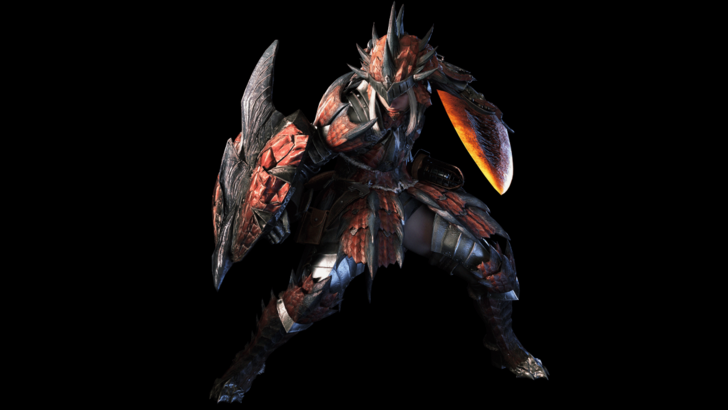
The Sword and Shield embodies versatility, offering a balanced setup with quick combos, mobility, and the ability to block. Initially considered a beginner’s weapon due to its straightforward playstyle, it has evolved significantly over the series.
In its first iteration, the weapon focused on quick slashes and mobility. Monster Hunter 2 added the ability to use items without sheathing, enhancing its utility. Later games introduced shield bash combos, backstep and jumping attacks, and the Perfect Rush combo in Monster Hunter World and Rise. Despite its modest damage output, the Sword and Shield is a jack-of-all-trades, offering an infinite combo, quick attacks, and built-in evasion, making it an underrated choice with depth to discover.
Hammer
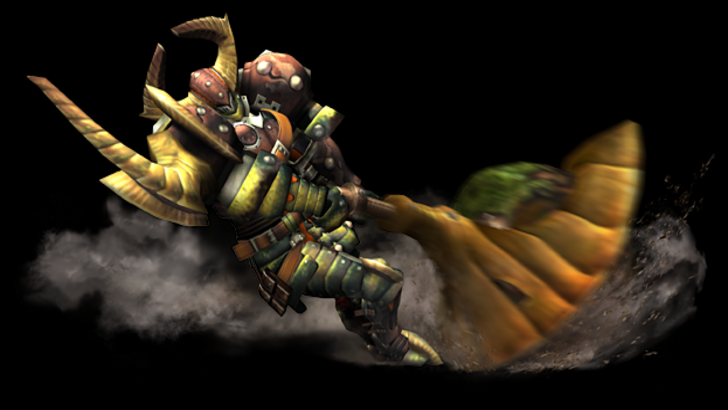
The Hammer, a blunt damage weapon, specializes in breaking monster parts, particularly heads, to stun them. Introduced in the first game, its playstyle was similar to the Great Sword but with greater mobility and no blocking capability. Its unique charge mechanic allowed movement while charging.
The Hammer’s moveset remained relatively consistent until Monster Hunter World and Rise, which introduced the Big Bang and Spinning Bludgeon attacks. These games also added Strength and Courage modes, altering charge attacks and encouraging players to switch modes based on the monster and maintain charge while moving. The Hammer’s objective is simple but challenging: aim for the head and knock out monsters to maximize damage output.
Lance
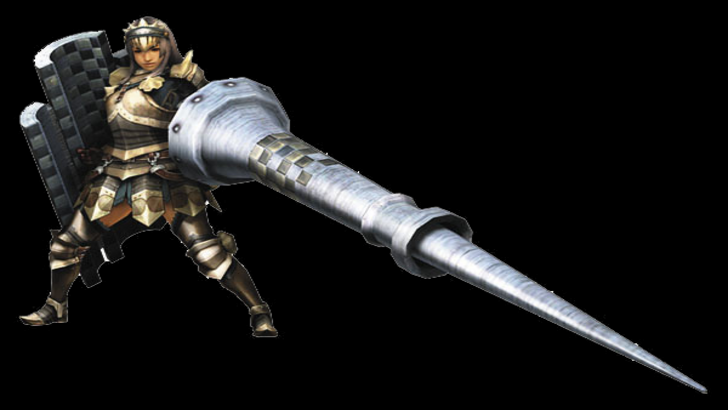
The Lance embodies the principle that a strong defense is the best offense. With its long reach and large shield, it excels at blocking and dealing damage from a safe distance. Its playstyle is akin to an outboxer, focusing on pokes and counters.
While often seen as less flashy, the Lance’s design rewards players who stand their ground. Monster Hunter 2 introduced a Counter mechanic, enhancing its defensive capabilities. Subsequent games added new attacks and finishers, but its core identity as a defensive weapon remains unchanged.
Light Bowgun
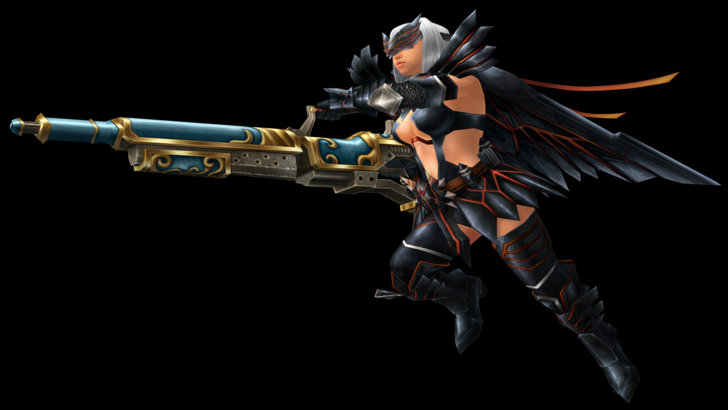
The Light Bowgun, a first-generation ranged weapon, offers mobility and faster reloads due to its smaller size. While it sacrifices some firepower, it compensates with customization options and the ability to Rapid Fire certain ammo types.
Monster Hunter 4 introduced the Critical Distance mechanic, adding depth to ranged gameplay. Monster Hunter World added the Wyvernblast, allowing hunters to plant bombs that detonate upon impact. These changes have evolved the Light Bowgun into a robust weapon that remains easy to use but offers significant strategic depth.
Heavy Bowgun
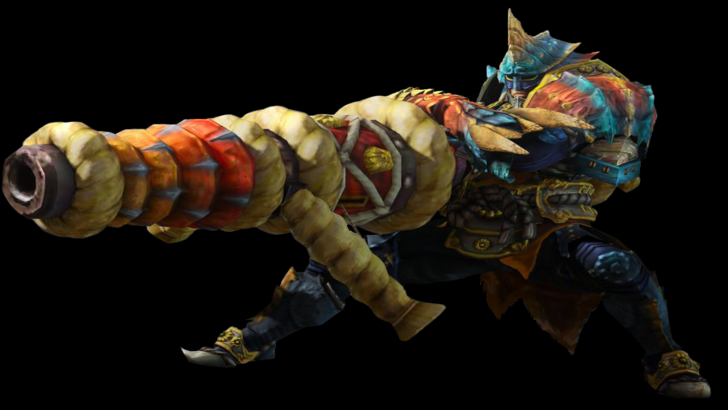
The Heavy Bowgun, introduced in the first generation, is a powerhouse of ranged damage with access to most special ammunition types. Its disadvantage is its slow movement when drawn, but it compensates with flexibility in ammo types and customization options.
Monster Hunter 3 introduced Siege Mode, allowing continuous firing without reloading. Monster Hunter World added Wyvernheart and Wyvernsnipe special ammo types, enhancing its offensive capabilities. The Heavy Bowgun’s core identity as a strong artillery weapon remains intact, requiring careful preparation and ammo management.
Dual Blades

The Dual Blades, known for their speed and multi-hitting attacks, excel at inflicting status ailments and elemental damage. Introduced in the Western release of the first game, they focus on fluid combos and high attack speed.
The weapon’s Demon Mode, introduced early on, boosts damage and provides access to additional attacks at the cost of stamina. Monster Hunter Portable 3rd and 3 Ultimate added the Demon Gauge, leading to Archdemon Mode, which allowed access to Demon Mode moves without stamina drain. These changes shifted the weapon’s focus from cycling in and out of Demon Mode to maintaining Archdemon Mode for optimal performance.
Second Generation
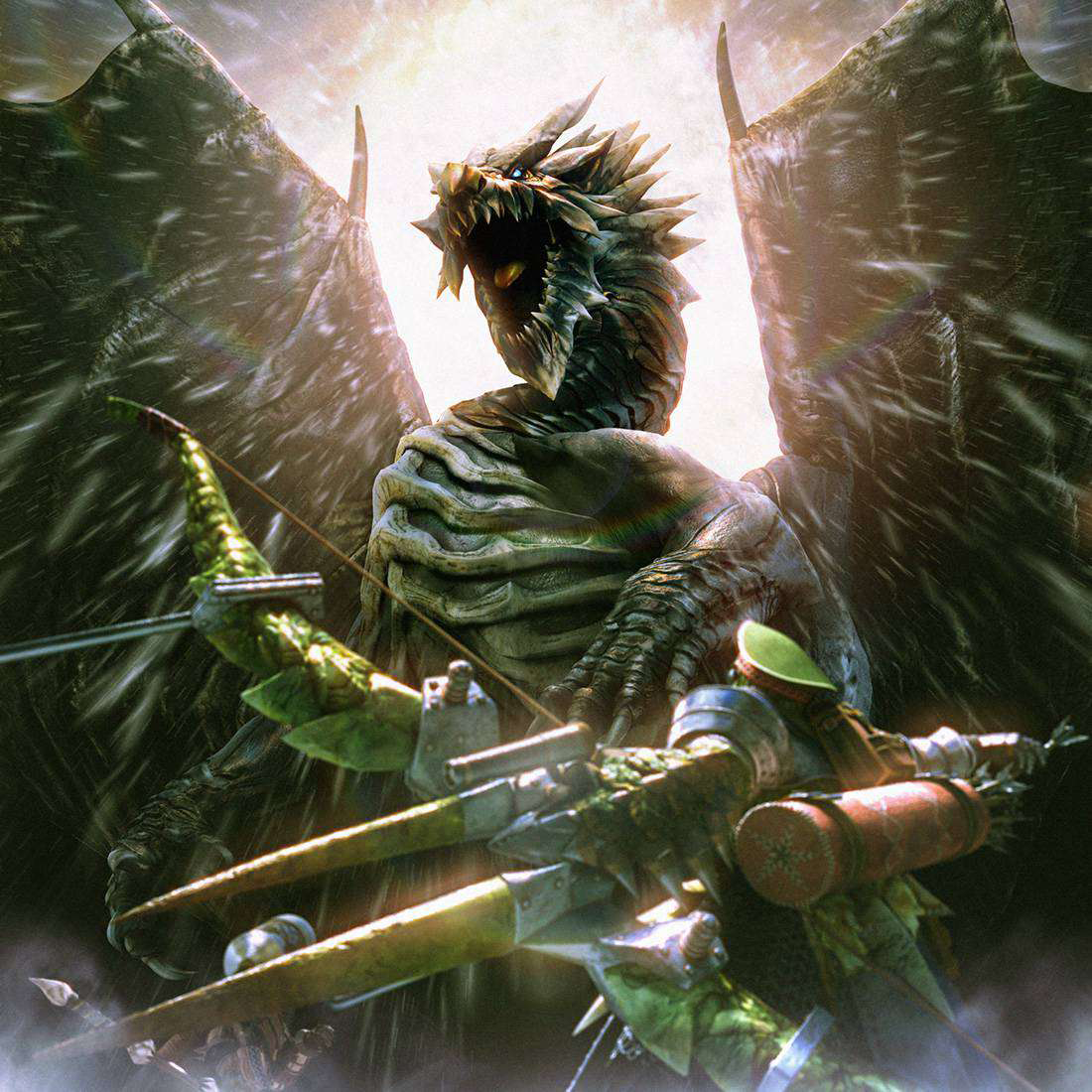
The second generation introduced new weapons that built on the foundations of the originals, offering unique movesets and mechanics.
Long Sword
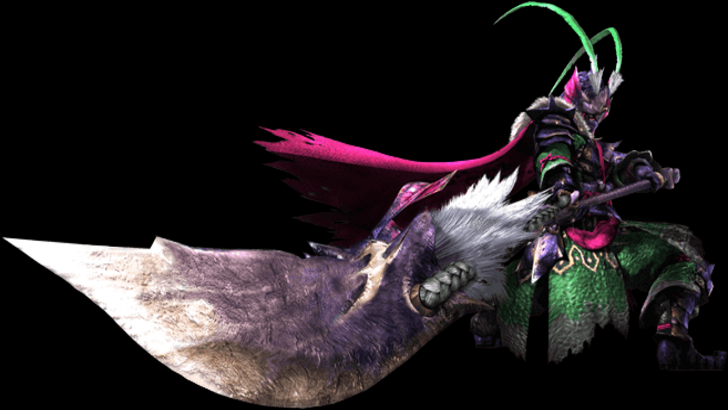
The Long Sword, known for its fluid combos and high damage, was introduced in Monster Hunter 2. It shares similarities with the Great Sword but offers greater mobility and a more complex combo structure.
The weapon’s core mechanic, the Spirit Gauge, fills with successful attacks and allows access to the Spirit Combo. Monster Hunter 3 added new levels to the Spirit Gauge, culminating in the Spirit Roundslash finisher. Monster Hunter World introduced the Foresight Slash, a parry attack that can be chained into combos, enhancing the weapon’s dynamic playstyle. The Long Sword’s evolution has made it a combo-oriented weapon with counter-based elements, allowing for more strategic play.
Hunting Horn
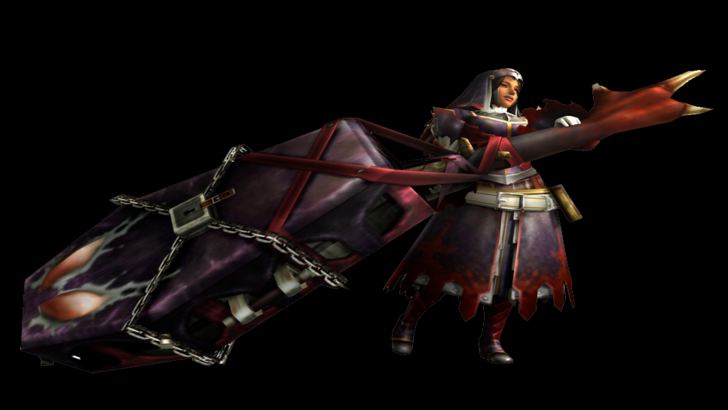
The Hunting Horn, introduced in Monster Hunter 2, is the series’ primary support weapon. It deals impact damage and can stun monsters, but its unique Recital mechanic allows hunters to play songs for various buffs.
The Recital mechanic evolved over time, with Monster Hunter 3 Ultimate allowing notes to be played while attacking. Monster Hunter World introduced song queuing, enhancing the weapon’s fluidity. Monster Hunter Rise overhauled the Hunting Horn, simplifying its mechanics by reducing the song list and automating buffs. This change was controversial, as it reduced the weapon’s complexity but made it more accessible.
Gunlance
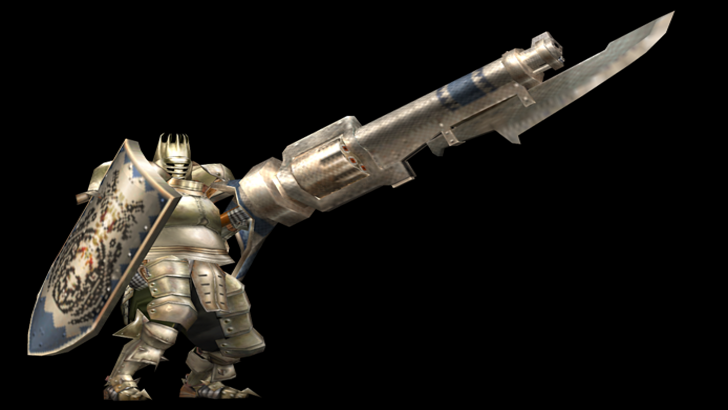
The Gunlance, introduced in the second generation, combines the Lance’s defensive capabilities with explosive rounds. It offers unlimited ammunition, regained through reloading, and different Shelling Abilities that affect its explosive attacks.
Monster Hunter 3 added a quick reload mechanic and the Full Burst attack, enhancing its aggressive playstyle. Monster Hunter X introduced the Heat Gauge, adding a layer of resource management to the weapon. Monster Hunter World added the Wyrmstake Shot, a new finisher that impales monsters with an explosive stake. The Gunlance’s unique mechanics set it apart, requiring players to balance their attacks and shelling effectively.
Bow
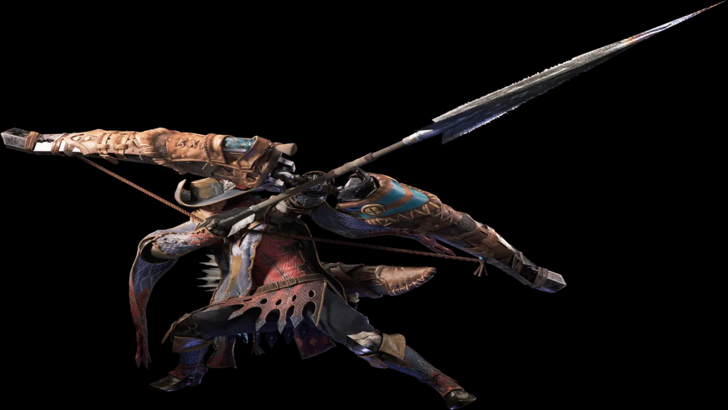
The Bow, introduced in Monster Hunter 2, is the most agile ranged weapon, focusing on close-to-mid-range combat. It uses chargeable attacks and Coatings to enhance damage or inflict status effects.
The Bow’s mobility and combo-based playstyle have been enhanced over time, with Monster Hunter World introducing a universal moveset and infinite Close-Range Coating. Monster Hunter Rise reintroduced Shot Types tied to charge levels, adding complexity to the weapon’s playstyle. The Bow’s aggressive, combo-heavy design sets it apart from other ranged weapons.
Third and Fourth Generation
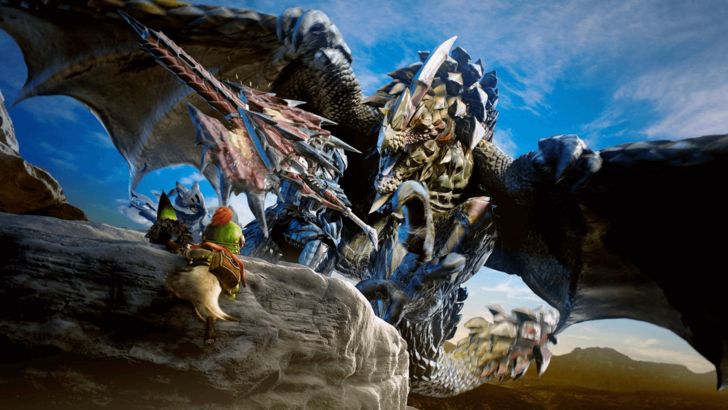
The third and fourth generations introduced weapons with unique mechanics, including transformation and buff collection.
Switch Axe

The Switch Axe, introduced in Monster Hunter 3, features two modes: Axe Mode for mobility and reach, and Sword Mode for higher damage and Phial use. Initially, players had to unlock the weapon through a quest, but it became available from the start in later versions.
The weapon’s morphing capabilities were enhanced in Monster Hunter World with the Amped state, empowering Sword Mode with Phial effects. Monster Hunter Rise extended this empowerment to both modes, encouraging fluid transitions. The Switch Axe’s unique form-swapping mechanic adds depth to its combat style.
Insect Glaive

The Insect Glaive, introduced in Monster Hunter 4, specializes in aerial combat and uses a Kinsect to collect essences for buffs. It excels at mounting monsters, a new mechanic introduced in Monster Hunter 4.
The weapon’s core gameplay involves collecting red, white, and orange essences to boost attack, mobility, and defense. Monster Hunter World: Iceborne added the Descending Thrust finisher, enhancing its air-to-ground capabilities. Monster Hunter Rise simplified the Kinsect upgrade system, making it more accessible. The Insect Glaive’s unique design and aerial prowess make it a standout weapon.
Charge Blade
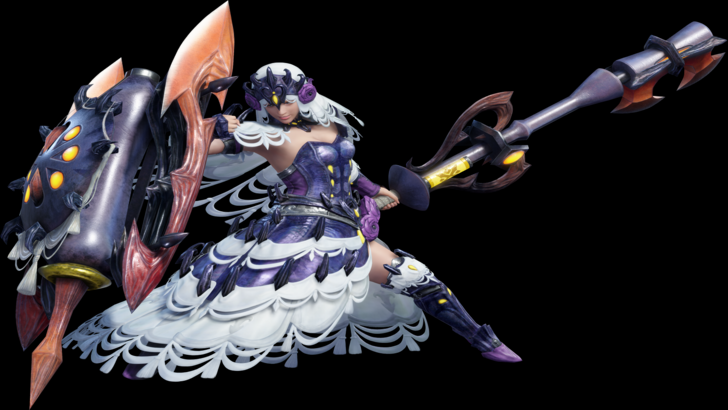
The Charge Blade, introduced in Monster Hunter 4, is a versatile weapon with Sword and Axe modes. It uses Sword Mode to charge Phials and Axe Mode for powerful finishers like the Amped Elemental Discharge.
The Charge Blade’s complexity lies in its Guard Points, which allow players to charge Phials while blocking. Mastering transitions between modes and understanding monster behavior are key to maximizing its potential. The Charge Blade is challenging to learn but rewarding to master, offering a balanced and deep gameplay experience.
Will There Be More?
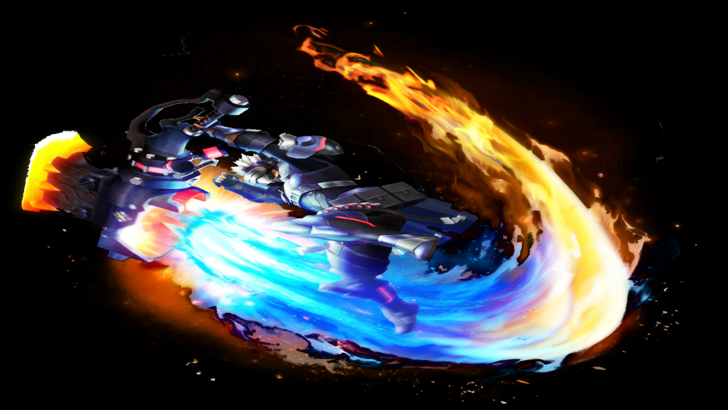
While Monster Hunter Wilds will feature fourteen weapons, the series has a history of introducing new weapons and reintroducing old ones in different regions. Given the franchise’s longevity, future games may introduce new weapons or bring back older ones, adding to the depth of its gameplay. As a fan, I look forward to seeing what new weapons might be introduced, though I'll likely stick to my trusty Sword and Shield.
You may also like...




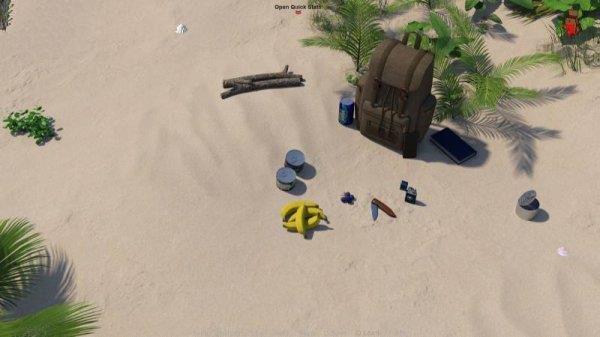

![NULL [Remastered]](https://imgs.39man.com/uploads/71/1719651062667fcaf6c483b.png)


